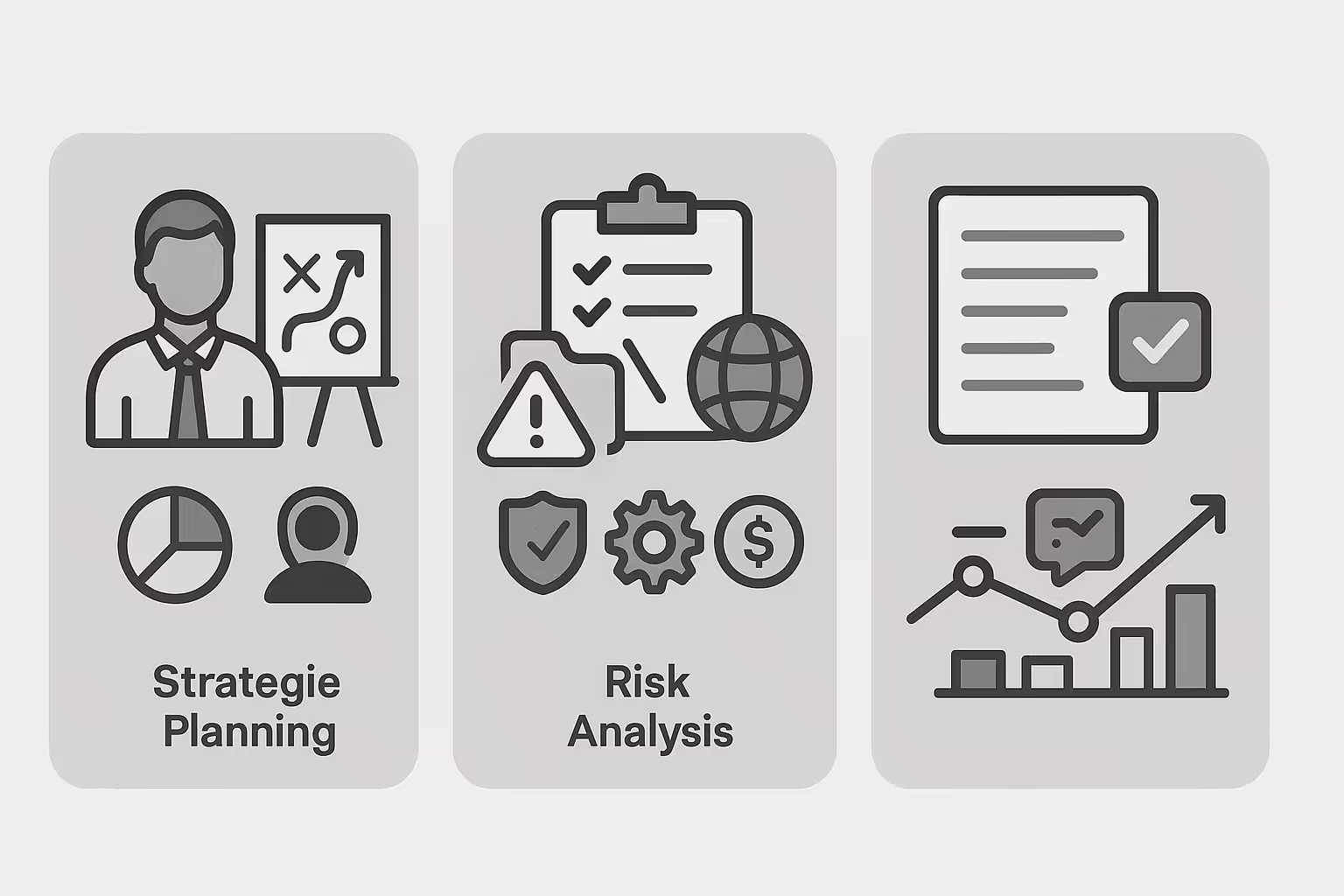
Most prompts just dive straight into the answer.
But with more complex tasks, that approach can fall apart fast.
Scratchpad prompting adds a thinking phase — one that gives the AI space to plan before it starts writing.
It’s like asking the model to “show its work” before committing to a final response.
This not only improves the result but gives you control to review and guide the approach mid-process.
In this post, we’ll break down how scratchpad prompting works, when to use it, and show you real prompt examples to apply right away.
Let’s get into it.
ALSO READ: ReAct Prompting Technique

Scratchpad prompting is all about planning before solving.
Instead of jumping into an answer, the AI first builds a “scratchpad” — a space where it lays out how it wants to approach the task.
It might list steps, assumptions, or even possible pitfalls.
This technique gives you a chance to step in early, correct misunderstandings, and steer the direction before the model goes too far off course.

Scratchpad prompting has a simple flow:
1. The Request
Start by stating the task clearly. Be specific about what you need and what success looks like.
2. The Scratchpad Directive
Ask the AI to think before it answers. For example:
“Before answering, use a <scratchpad> to outline your approach, assumptions, and key steps you’ll take.”
3. Review and Refine
Once the scratchpad is generated, take a moment to read it.
You can prompt the AI again to adjust the plan if needed — then move forward with execution.
This structure builds transparency and makes complex tasks easier to manage.
The big difference?
Traditional prompts go straight to the answer.
Scratchpad prompts make the AI pause and think first.
That pause is where the magic happens.
You get to see how the AI thinks, check if it’s headed in the right direction, and fix anything early on.
It’s like reviewing the blueprint before the build.
Scratchpad prompting is ideal when:
• The task is complex or multi-step
• You need accuracy and can’t afford errors
• The topic is strategic or analytical
• You want to see how the AI plans its answer before it starts
It’s especially useful for roles like business analysts, strategists, product managers, and anyone working on decisions that involve layers of reasoning.
For simple tasks like writing a social caption or summarizing a paragraph — skip it.
You don’t need that extra step.

A few things to watch out for:
• Too vague: Saying “use a scratchpad” isn’t enough.
Be specific — ask the AI to map out assumptions, methods, or any dependencies first.
• Ignoring the scratchpad: Don’t just skip to the final answer. That first plan is your chance to fix anything off-track early.
• Not giving enough context: If your instructions are unclear, even a good scratchpad won’t help.
Give the model what it needs to understand the big picture.
Let’s break it down with an actual example.
Imagine you’re asking the AI to create a market analysis for electric vehicles in Europe.
Here’s how a good scratchpad-style prompt might look:
I need a market analysis for electric vehicles in Europe.
<scratchpad>
Before you generate the final analysis, outline:
- The data points you'll consider
- Your research approach
- Any assumptions you're making
</scratchpad>
That <scratchpad> tag acts as a clear signal: Plan first, then act.
Sample Scratchpad Response (AI Thinking Phase)
Here’s what the AI might return in response:
<scratchpad>
To conduct this analysis, I’ll:
- Research EV adoption trends in major EU countries (Germany, France, Norway, etc.)
- Look into government policies and subsidies
- Identify top EV manufacturers and their market shares
- Consider infrastructure (charging stations, urban planning)
- Assume 2024–2025 data will be used where available
I’ll flag any data gaps or outdated sources I find.
</scratchpad>
Now you can step in, redirect, or approve before the full analysis is written.
Why This Planning Step Matters
The scratchpad gives you visibility into the model’s logic.
It slows the process down in a good way — like a business analyst sketching their thought process on a whiteboard before diving into PowerPoint.
This makes the model:
• Less likely to miss key areas
• More aligned with your real goal
• Easier to adjust if something’s off
It also gives you control, which is usually missing in a straight prompt–response interaction.

Here are a few business-ready scratchpad prompts to try:
Strategy Planning
“Help me build a go-to-market strategy for a new productivity app. Before generating the strategy, use <scratchpad> to outline your analysis framework, including key audience segments, positioning, and distribution channels.”
Risk Analysis
“We’re preparing for international expansion. Before listing risks, use <scratchpad> to plan how you’ll assess regulatory, operational, and financial risks.”
Product Roadmapping
“As a product manager, I need a 6-month roadmap for a fitness tracking app. Use <scratchpad> to lay out your planning process — how you’ll prioritize features, consider user feedback, and align with business goals.”
Each prompt gives the AI space to organize itself before execution — a big win when stakes are high.
Do:
• Be clear about what kind of plan you want to see
• Use <scratchpad> as a visual cue
• Review the plan before asking for the full answer
Don’t:
• Skip the scratchpad — it’s the most valuable step
• Be vague — “think before answering” isn’t enough
• Overuse it for simple tasks that don’t need planning
Use scratchpad prompting when:
• The task has multiple parts or dependencies
• You need accurate reasoning (e.g., analysis, planning, strategy)
• The response will be used in high-stakes business contexts
Don’t use it for:
• Quick, one-off tasks like writing a tweet or summarizing a blog
• Questions where there’s only one simple answer
• Casual use cases that don’t need layered thinking
In short — scratchpad prompting is best when the process matters just as much as the outcome.
The scratchpad method isn’t just a formatting trick — it changes the relationship between you and the AI.
It lets you:
• Catch errors early
• Guide the direction of the response
• Understand how the model is thinking
For teams using AI for product research, strategic reports, or content frameworks — this extra step saves time and improves results.
It’s a smarter way to work with AI.
Want to build scratchpad prompting into your team’s daily workflow?
Start here:
• Standardize your prompt formats
• Train your team to review scratchpad plans before execution
• Use AI tools that support prompt templates or tagging (e.g., <scratchpad>)
The more consistent your process, the better the results — especially across marketing, product, research, and customer success teams.
Scratchpad prompting gives structure to the chaos of open-ended AI interaction.
You’re not just hoping the model “gets it” — you’re guiding it, step by step.
It’s simple:
• Ask for a plan first
• Review it
• Then get your answer
The results?
More precision.
Less guesswork.
And outputs that actually make sense for your business.





